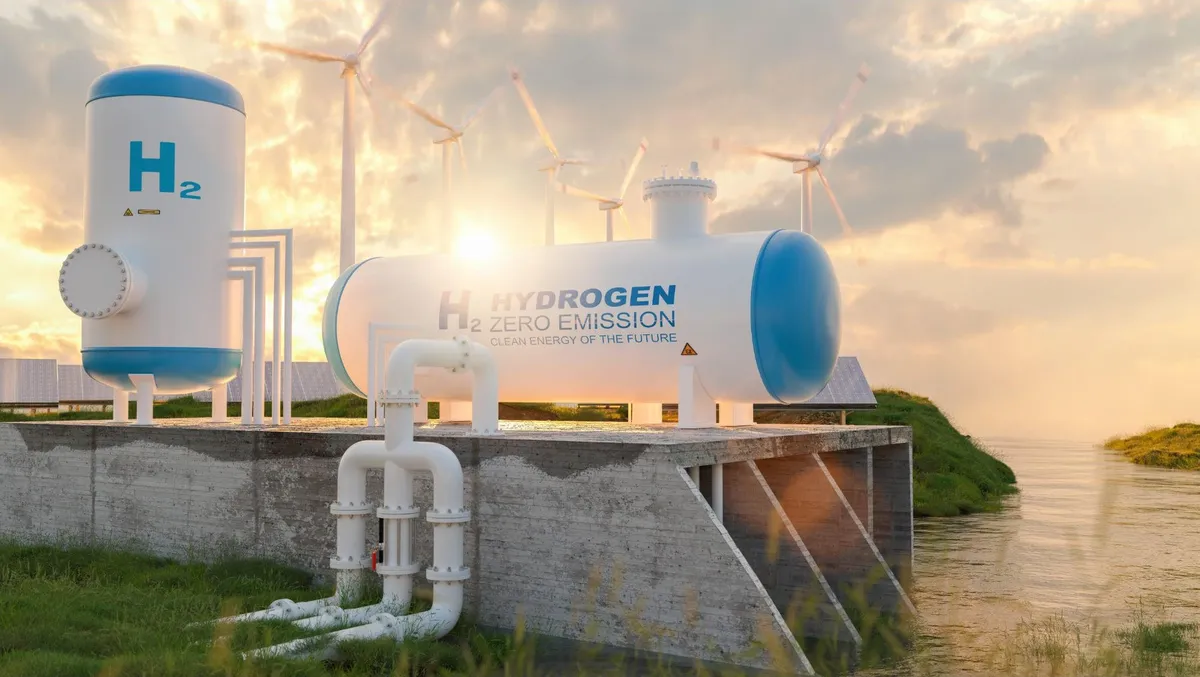
Natural hydrogen trapped within the Earth’s crust holds the potential to power humanity for millennia without contributing to greenhouse gas emissions. A collaborative research effort from the University of Oxford, Durham University, and the University of Toronto has unveiled a novel strategy to locate this vital resource. The study reveals the essential geological components required to identify natural clean hydrogen beneath the Earth's surface, which is generated over millions of years and can accumulate in specific rock formations.
The research indicates that the conditions necessary for trapping hydrogen exist in numerous locations around the globe, presenting a significant opportunity for a clean energy transition. Currently, the hydrogen industry is valued at approximately $135 billion and plays a crucial role in producing fertilizers and essential chemicals, which are vital for modern living. Looking ahead, the hydrogen market is projected to expand to a staggering $1 trillion by 2050, emphasizing the importance of discovering natural hydrogen reserves as a cleaner alternative to conventional production methods reliant on fossil fuels.
Hydrogen is not just a potential clean fuel; it is instrumental in supporting global food production through fertilizer manufacturing, and it is central to many strategies aiming for a carbon-neutral future. Currently, the majority of hydrogen is derived from hydrocarbons, contributing roughly 2.4 percent of global carbon dioxide emissions. As demand for hydrogen is set to escalate from 90 million metric tons in 2022 to around 540 million metric tons by 2050, it is critical to develop methods to produce hydrogen without exacerbating CO2 emissions. While techniques like carbon sequestration and renewable-powered electrolysis show promise, they are not yet cost-effective.
A team of researchers from the University of Oxford, Durham University, and the University of Toronto has highlighted an often-overlooked solution: the Earth's own crust. Over the past billion years, the continental crust has produced sufficient hydrogen to meet human energy requirements for approximately 170,000 years. Much of this hydrogen remains stored underground, untouched, and emission-free. Prior to this study, data on the locations of natural hydrogen deposits was sparse. However, the new research outlines a comprehensive “exploration recipe” detailing the rock types, temperatures, fluids, and geological histories conducive to hydrogen formation, migration, and entrapment in accessible reservoirs.
According to Professor Jon Gluyas from Durham University, the research has successfully crafted an exploration strategy akin to previous efforts made for helium. This new strategy elucidates the critical ingredients required to locate various hydrogen systems, including the amount of hydrogen produced, the types of rocks involved, and the conditions necessary for gas field formation. The study also examines factors that could lead to the depletion of hydrogen reserves.
Professor Barbara Sherwood Lollar from the University of Toronto emphasizes the need to consider microbial activity in hydrogen-rich environments. Certain underground microbes thrive on hydrogen, so it is essential to avoid conditions that allow these organisms to interact with hydrogen reserves, which is crucial for maintaining economical accumulations of this resource. The research identifies areas where understanding is strong and highlights the need for further investigation into rock reaction efficiencies and geological histories that facilitate hydrogen formation.
While there has been speculation regarding hydrogen sources from the Earth's mantle, this study clarifies that viable sources can be found in a variety of common geological settings within the crust. Some hydrogen deposits are relatively young, having formed millions of years ago, while others are ancient. Crucially, these resources are located worldwide, presenting a global opportunity.
Lead author Professor Chris Ballentine from the University of Oxford likens the process of discovering accumulated hydrogen to preparing a soufflé, where precise combinations of ingredients, timing, and temperature are crucial for success. The study advocates for a repeatable exploration recipe that could unlock a commercially viable, low-carbon hydrogen source, significantly aiding the global energy transition. To further this mission, the authors have established Snowfox Discovery Ltd., a company dedicated to identifying significant natural hydrogen accumulations.
For more details, refer to the study titled “Natural hydrogen resource accumulation in the continental crust,” published on May 13, 2025, in Nature Reviews Earth & Environment.